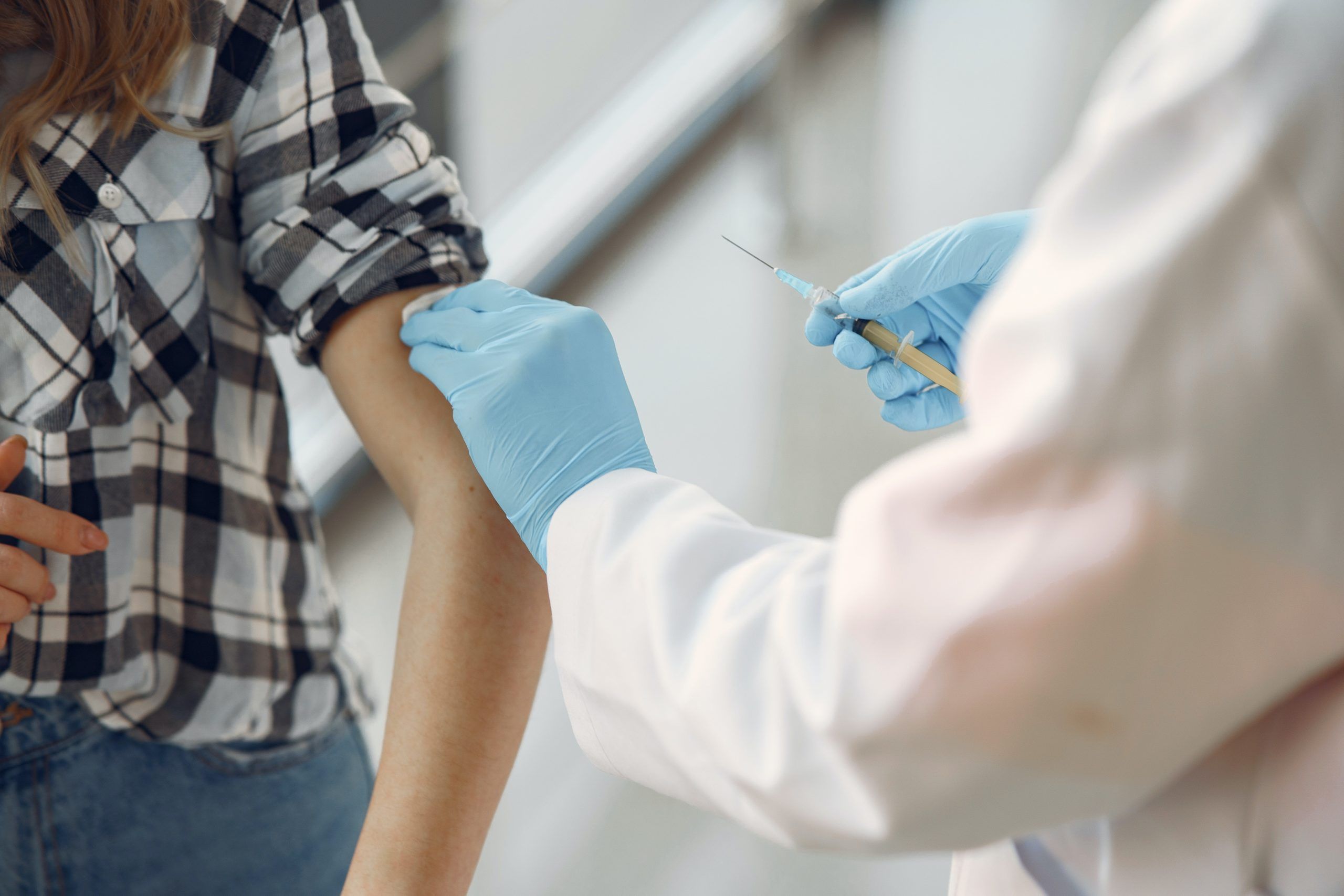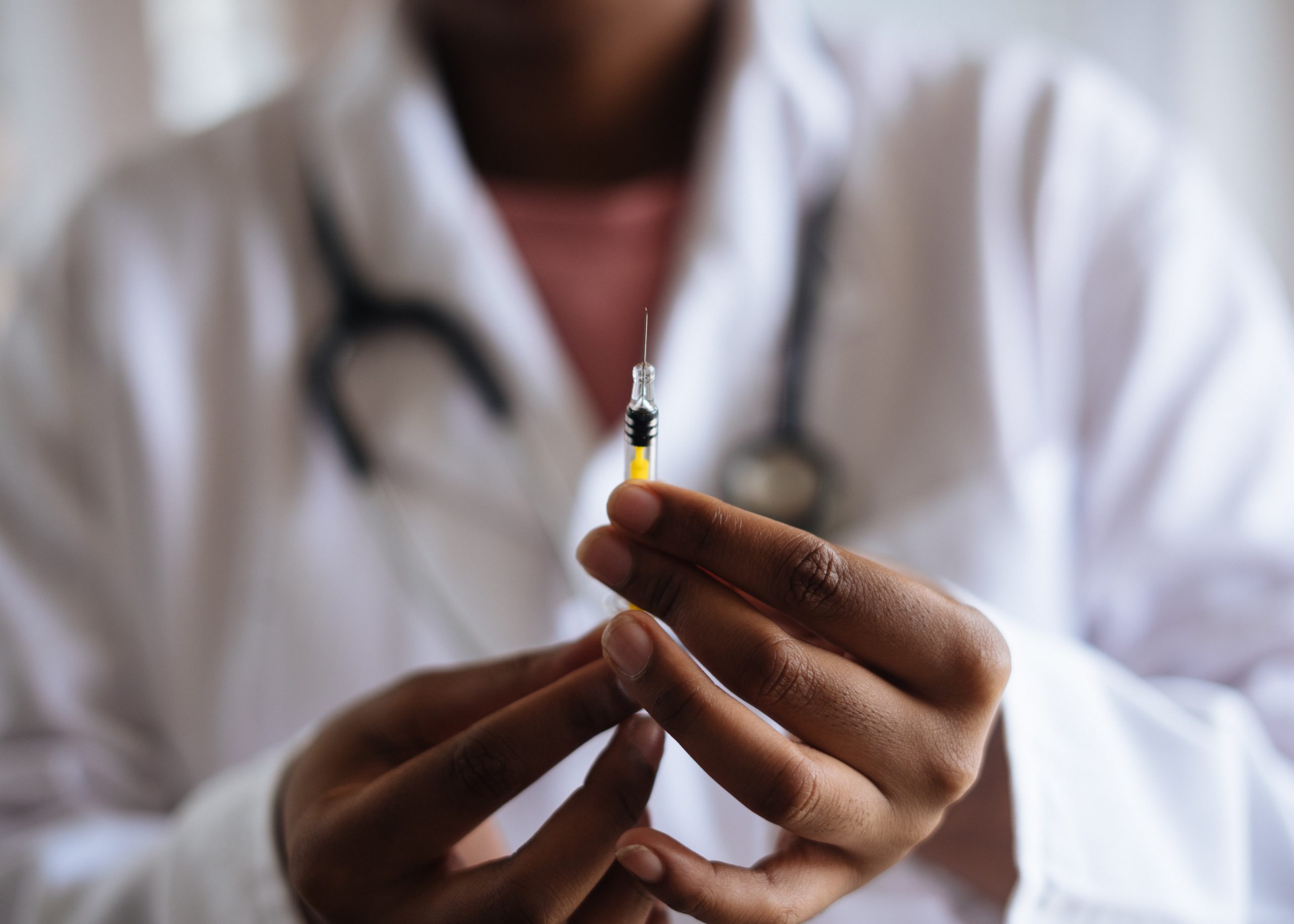
An amazing feat in 2020 was the reaction from the healthcare industry to the COVID-19 pandemic. Intellectual property was shared and pharmaceutical companies proactively joined forces with research institutions and kicked off their research & development (R&D) to bring new vaccines and medicines to the people. We are grateful for these companies, who took a risk and pivoted to focus on this battle. One of the questions that has left us scratching our heads is: how did these companies manage to allocate time and resources for this, alongside trials and research for other diseases?
We spoke with Melissa Grady, Vice President and Global Head Site Management and Monitoring, BioPharmaceuticals R&D at AstraZeneca in Australia, who shared the company’s journey over the past 18 months.
“A COVID-19 vaccine wasn’t even on our radar when we had to work out how to keep our pipeline going because we had patients in clinical trials. Business continuity was the tough part. We were doing trials on respiratory, cardiovascular, and oncology therapies, and then in the following months we added COVID-19 long-acting antibodies and vaccines.”
“In late January 2020, we took the decision that we would minimise disruption to our clinical trials wherever possible.
“For example, we’ve got patients participating in oncology trials, and it was not acceptable to us that these patients could be left without access to their clinical trial medication if the trial was paused or discontinued.
“That triggered a lot of conversations about how we were going to achieve that! We worked quickly to assess all our trials and the risk-to-benefit ratio of continuing the trials in the pandemic environment; patient safety was paramount. Following detailed assessments at a study and country level we were able to minimise the number of studies we had to pause or stop, which was a great outcome.”

One of the key issues was understanding how to reorganise trials so they could be conducted remotely, due to the lockdowns affecting many countries throughout 2020.
“We had to change our way of working and accept the pandemic as an opportunity to pivot to digital ways of working. We needed to work out exactly which hospitals we could and could not access, and how to keep the clinical trial supply being sent to the hospitals where trials were taking place. We had to adapt to remote working and to arrange for drugs to be distributed directly to patients where we could use hospital electronic health records if possible, and use screen sharing for data to ensure high-quality data integrity.”
Read our article about the rise of teletrials since the start of the pandemic
Other measures had to be taken to ensure there was enough workforce to cover all trials once the COVID-19 vaccine and antibody R&D kicked off. Dr Grady explained how the company kept all the other clinical trials ongoing whilst developing their COVID-19 vaccine and long-acting antibody combination.
“We partnered with outsourced providers where we needed to, particularly for a large portion of our COVID-19 vaccine work. We had to recruit a lot of people globally in the markets where we needed it, so that we didn’t stop any trials.”
Clinical trial outsourcing to Clinical Research Organisations (CROs) is common in the pharmaceutical and healthcare industry, traditionally used by small to medium companies that do not have enough workforce to conduct a trial in-house. Since the pandemic, Big Pharma have also turned to an outsourcing model to supplement their R&D capabilities. The question is no longer to outsource or not to outsource but what outsourcing model to choose.

AstraZeneca’s COVID-19 vaccine clinical trials were not conducted in Australia due to low levels of infection, and were therefore done in many other markets including UK, Brazil, South Africa and the USA where the virus was more prevalent at the time. However, Australia played an important role when it came to determining new ways of conducting clinical trials, despite lockdowns and physical distancing.
“What Australia did was provide input on how we quickly pivoted to digital and incorporated greater use of artificial intelligence, so that we could continue to work with our sites and keep them going, particularly in a remote setting. There’s a very large geography in Australia, which makes it a good location to try this out.
“We’re working with our digital health colleagues just about every day now, and that really wasn’t the case before COVID-19 hit.
“The main thing was working out how to ensure the integrity of the data we were collecting in the remote clinical trials, to ensure the highest quality datasets were submitted to our global organisation, enabling timely decision-making across our portfolio.”
Dr Grady sees the pandemic-related learnings from the pivot in clinical trial management as crucial for the future.
“If we can get access to more electronic consent for patients and electronic health records, then we can proceed with business as usual in any situation to keep clinical trials going, get our data in and make those decisions with the data. That’s the future for Australia and many other markets. This will allow accelerated acquisition of high-quality data from which we can make decisions about any candidate drug under investigation.
“Other benefits of remote clinical trials are that they allow more access to patients in remote settings. In the countryside of Australia, patients haven’t had access to clinical trials historically. That’s a win for everybody in R&D. That means you can really accelerate any drug pipeline and allow equitable access of innovative medicines in clinical trials to a larger population.”
Another important consideration is the amount of research workforce currently needed. An article in The Conversation published in May 2020 predicted that pandemic-related travel restrictions could reduce the number of researchers nationally by 9,000.
This is because Australia relies on international researchers to supplement their workforce.
“We see that we’ll need far bigger workforce. In fact, there’s a shortage of workforce globally. It’s never been more difficult to get skilled workers for R&D, particularly in the space of clinical trials.
“We need a different capability mix in our workforce going forward. We don’t want to walk away from this remote model because that saves money and time for us, sites and institutions. All of the expertise in IT and artificial intelligence that historically hasn’t really been there in clinical trials, is the workforce of the future. There is a lot more opportunity for people coming out of university or even different jobs to transfer their capabilities into what we need in clinical trials.”
In the future, shifting to using remote models will increase the diversity of clinical trials on the whole. People working in the clinical trials sector will require a diverse mix of skillsets (such as an emphasis on IT skills) and better access to individuals living in more remote parts of the world will increase cohort diversity and accelerate pipelines.
Read our article on how to tackle COVID-19 vaccine hesitancy in Australia, with Dr Tom Aechtner from The University of Queensland.